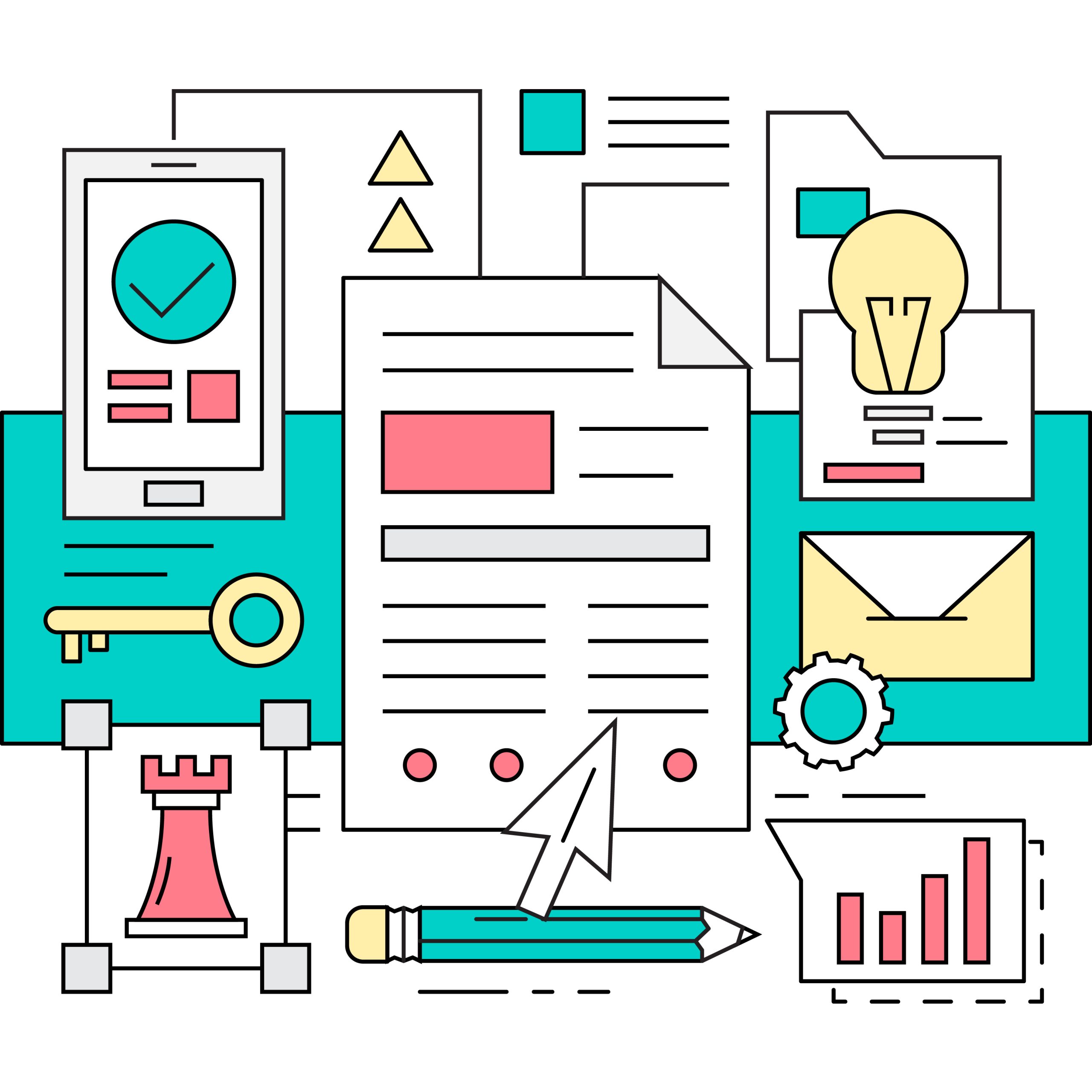🤖 Understanding AI in Business Analysis
AI-powered tools have become essential in modern business analysis.
From predictive analytics to automated reporting, AI helps teams process vast amounts of data quickly and accurately.
However, automation doesn’t replace human judgment.
Instead, it creates a partnership where technology provides the data, and humans provide the context.
🧠 Human Judgment in Requirements Gathering
Requirements gathering is not just about documenting needs.
It involves listening, questioning, and understanding subtle cues.
Stakeholders often express their requirements in non-technical or incomplete ways.
AI can capture structured inputs, but it struggles with ambiguity.
This is where analysts apply experience, empathy, and interpretation to turn vague statements into actionable requirements.
The human touch ensures that business needs, culture, and context aren’t lost in translation.
⚖️ Decision-Making Beyond the Numbers
AI excels at providing probabilities, forecasts, and trend analysis.
It can tell us what is likely to happen based on past data.
But decision-making in business isn’t purely mathematical.
Leaders often face ethical, cultural, or strategic choices that go beyond the numbers.
For example, choosing between cost reduction and employee well-being isn’t something AI can resolve.
Human judgment ensures decisions align with company values, market expectations, and long-term vision.
🔄 Process Improvement Needs a Human Lens
AI can highlight inefficiencies and suggest optimisations.
It can point to patterns such as delays in approvals or bottlenecks in workflows.
But process improvement involves more than technical fixes.
It requires understanding the human side of work — motivation, culture, and resistance to change.
A purely data-driven solution may look efficient but fail in practice if it ignores team dynamics.
Skilled analysts balance data-driven insights with practical, human-centred solutions.
💡 Where AI Falls Short
AI struggles with unstructured, emotional, or political aspects of business.
It can’t pick up the nuances of a difficult stakeholder relationship.
It doesn’t understand the subtle priorities that shape business culture.
It cannot replace negotiation skills, storytelling, or the ability to inspire confidence in change.
This is where experienced analysts step in.
📈 A Partnership Between Humans and AI
The best results come from combining AI’s power with human expertise.
AI accelerates analysis, highlights trends, and reduces manual work.
Humans interpret results, provide empathy, and apply judgment.
Rather than replacing analysts, AI elevates their role by giving them better tools to make smarter decisions.
Final Thoughts
AI has redefined business analysis, but it hasn’t removed the need for human insight.
Requirements gathering, decision-making, and process improvement all demand empathy, judgment, and context.
AI provides the speed and scale, while humans bring meaning and wisdom.
The future of business analysis isn’t about humans versus machines — it’s about collaboration between both.






